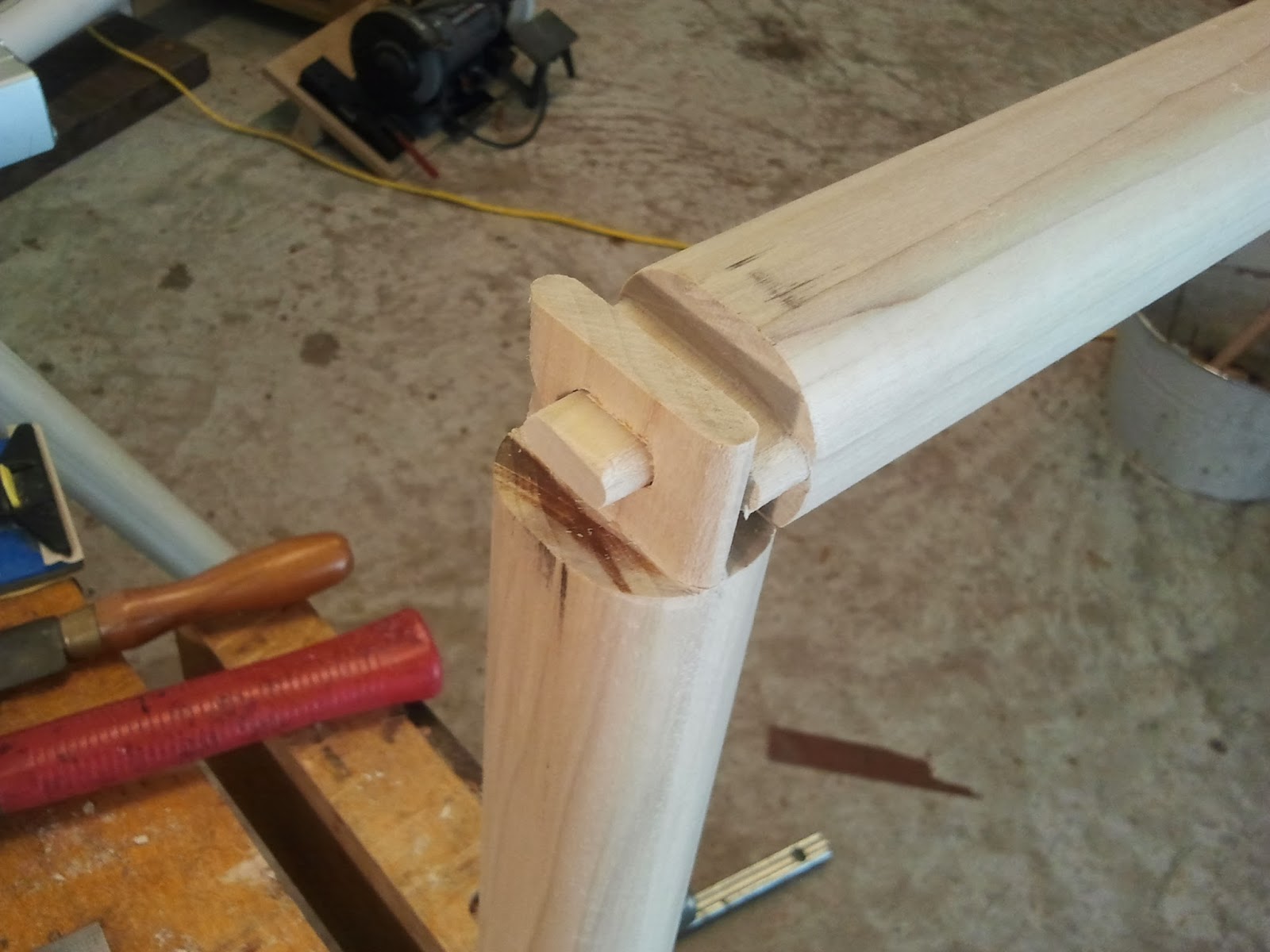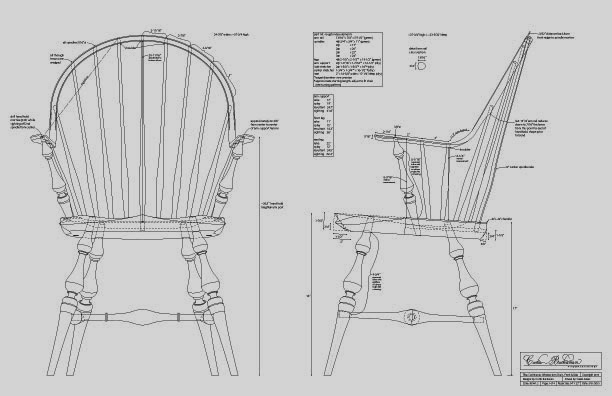Here's a question that comes up often. I think the question is which ones don't I need. Let me just show you which ones I think are pretty much necessary to make these planes. These don't cover skewed planes. That is a whole other monster.
I'll start with the moulding plane floats.
The two floats on the bottom are the side and then the edge float is the next up. You can't expect to make a proper wedge mortise without these two. I like the pull side float because I can go right up to the mouth and then work a slight hollow back from there without worrying about damaging the mouth trying to push up to it.
The two top ones are essentially a push cheek float and a custom modified push float. You don't need to modify one but the top one was my first float which was a large cheek float and I just customized it while experimenting and there it is now. It sort of falls between the function of a push side float and a small push cheek float.
Anyways what you need them for is first off the small pull float is needed to bed the iron. That is, to smooth out the bed so that the iron fits firmly exactly where you want pressure exerted when wedged. Basically you are knocking down any high spots. Second the push float is needed to create the wear angle and size the mouth opening. A small push cheek float would work fine in place of my custom thingy. It needs to be a push float because you will break out the mouth if it where a pull. That would be a disaster for the function of your plane.
Now on to the bare essentials for the bench planes.
Starting at the bottom we have the bed float the edge float and yes my custom push float thingy. Again just substitute the small push cheek float.
The bed float is of course for the blade bed and it is a push since you are working from the top unlike the moulding plane bed float (small pull cheek float) which is worked from the bottom of the plane.
The edge float is so useful in making the openings in just about everywhere in the bench plane. Think of it as a saw that opens the mouth as well as cuts in to create the areas for the abutments to recess into body for the wedge mortise. No need to have a special saw for this as I have seen some suggest. And of course the edge float is used to make and adjust the angle of the abutments themselves.
The push float is used to create the wear angle and does a lot of clean up work on the cheeks and some hollowing work in the wedge cheek areas.
Here are the chisels that I think are a must.
These are used everywhere on both planes. If you wanted to you could do without the largest carving gouge.
The 1/10 mortise chisel is first on the mush have list since it is critical to getting into places that many other things simply won't go. The edge float can be made to do a lot of the work this thing takes care of but I would hate to be without it.
The chisels are essentially a 3/4" for all the chamfers and general work. Then a 1/2" or better yet a 3/8" works well for everything else.
The gouges are used for shaping things. The rounded end on the plane are made with the large gouge, it could also be done with the 3/4" chisel if you don't mind the faceted look.
The small #5 sweep is for the gouge cuts at the end of the vertical chamfers if you want the detail of the mid-atlantic planes from the 18th-19th century. This is the style you see on Old street tools planes and Matt Bickford. I like this style the best as well. I guess is suits our modern tastes. They tend to fell more Roman in form rather then Grecian. These details tend to be more early rather than later in platemaking history as well. I know more about planemaking than there history so I will stop here.
One final note on floats. Don't expect the floats to function at any decent level the way they come from Lie-Nielsen. That isn't a dig. It just means you really need to sharpen them with a triangle file for them to work well. They basically sharpen like a saw be even easier. You just need to pay more attention to keeping the file cuts nice and consistent all the way across the teeth and you will be set... err well, sharp that is... no set needed.
Hope this is helpful!






























